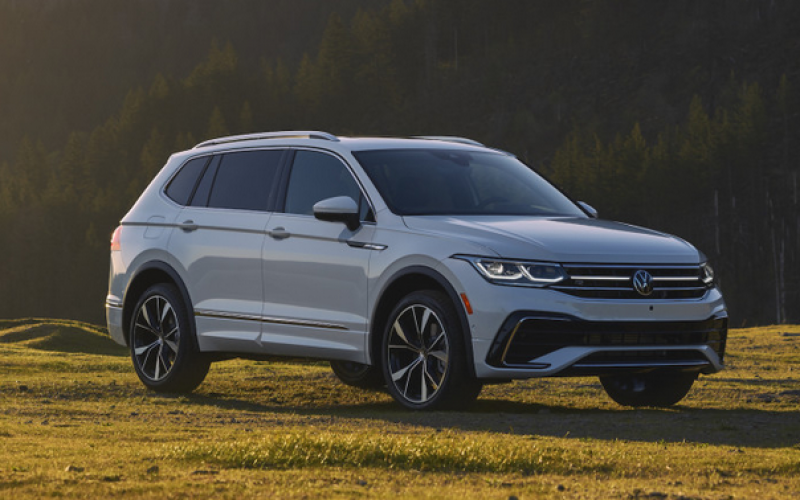
Reading Time: 3 minutesRegarding compact SUVs, it’s often difficult to find that sweet spot between utility and style, fuel
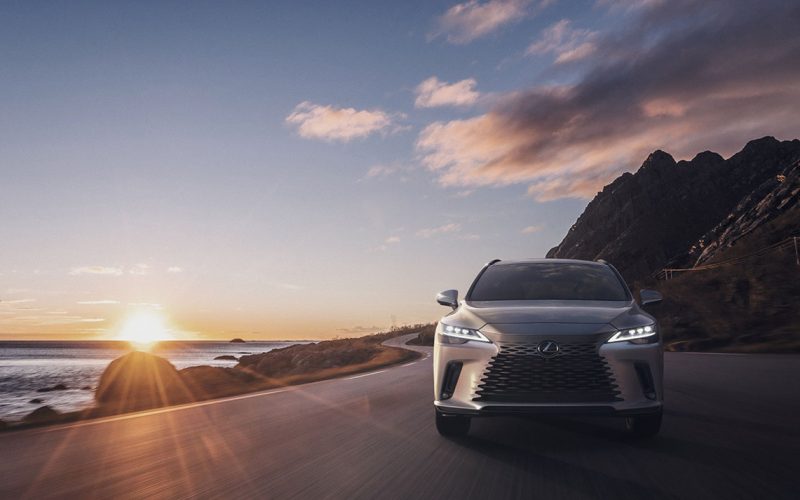
Reading Time: 9 minutesSeven years have passed since Lexus introduced its fourth-generation RX, and while a dramatic departure stylistically
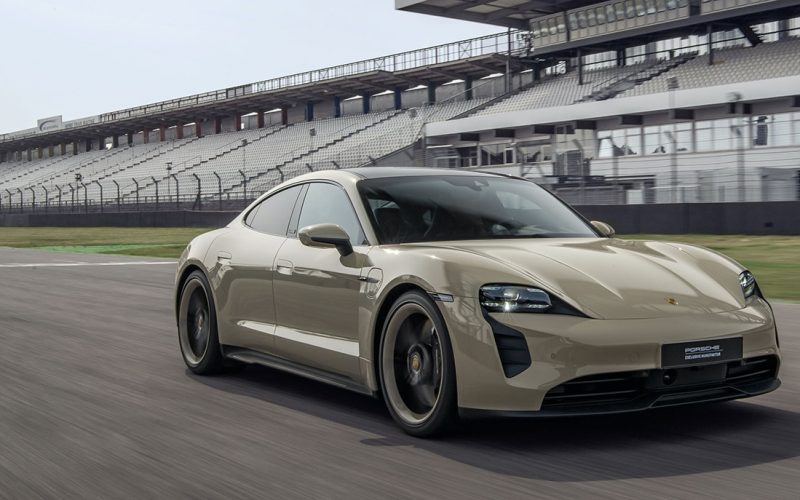
Reading Time: 5 minutesEveryone who follows the auto industry knew that Tesla’s Model S would eventually get knocked from
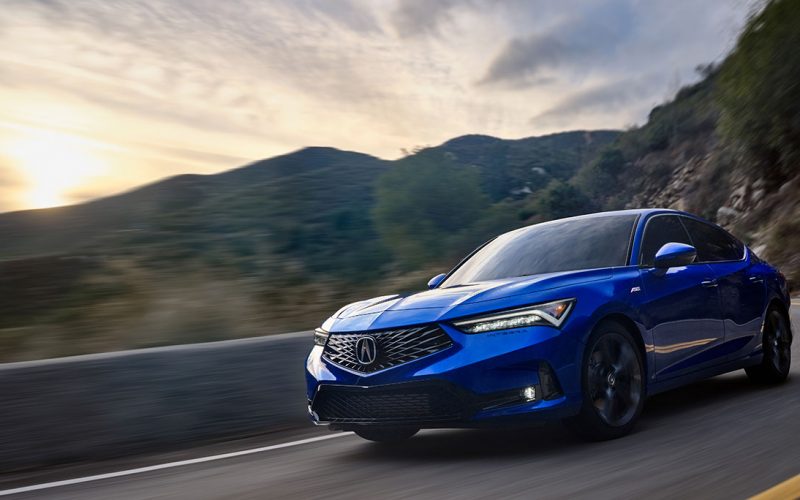
Reading Time: 8 minutesAcura is smartly bringing back one of its most revered nameplates for 2023, and simultaneously ditching
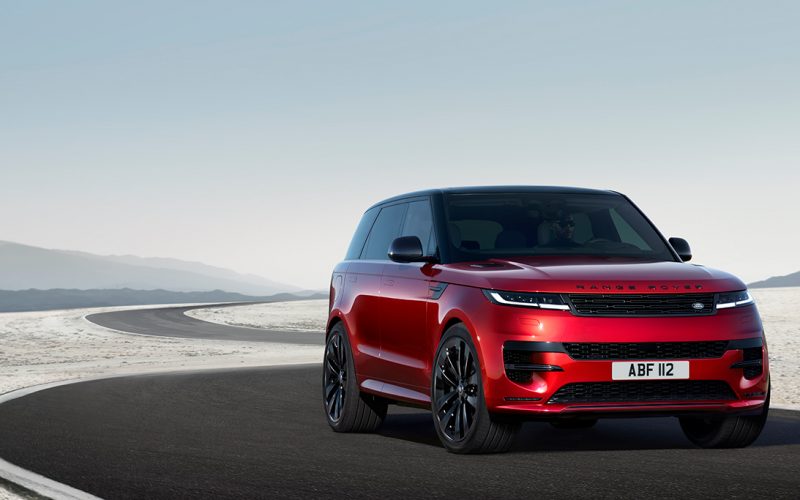
Reading Time: 9 minutesLand Rover has just pulled the wraps off its third-generation Range Rover Sport (compare it to
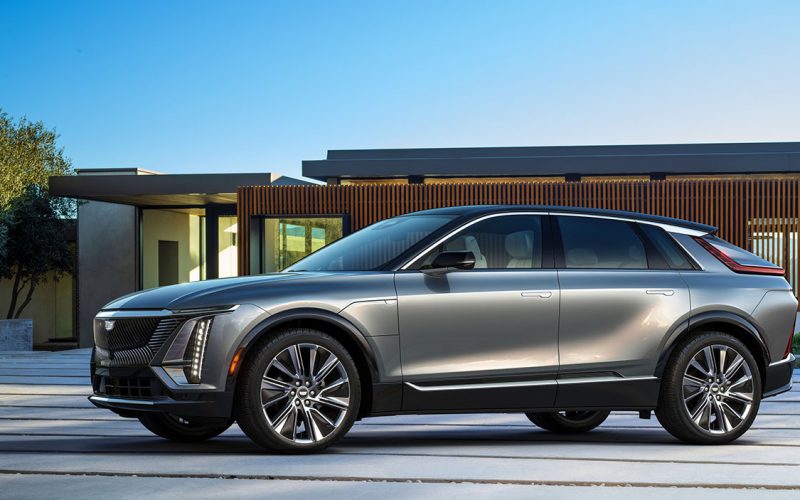
Reading Time: 7 minutesWhen the 2023 Cadillac Lyriq arrives this fall, it will be price below $70k, including destination
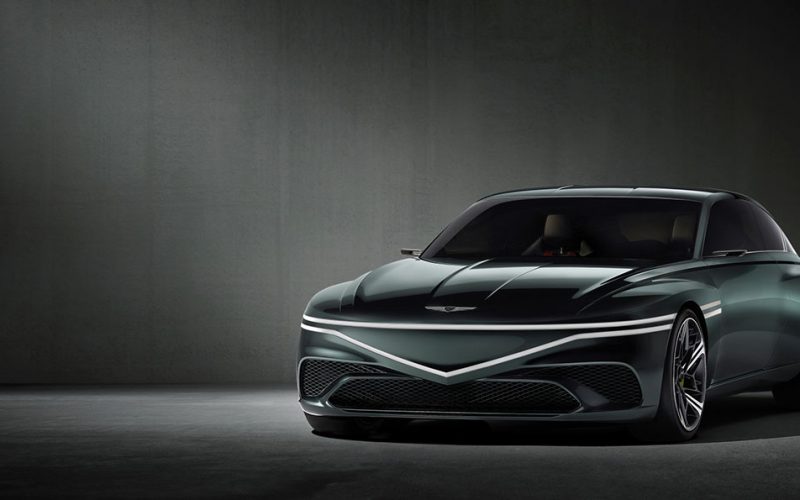
Reading Time: 3 minutesWith the world’s automotive sector quickly transitioning from internal combustion engines and interim hybrid-electric models to
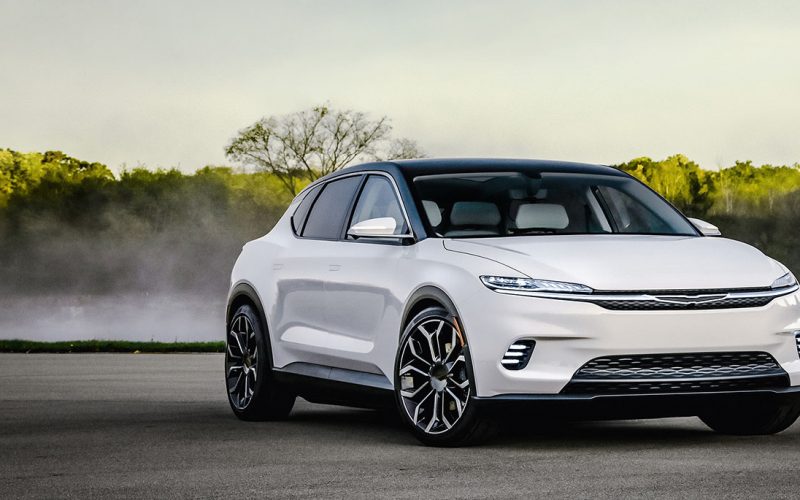
Reading Time: 8 minutesAfter the Italian-American conglomerate Fiat Chrysler Automobiles and France’s PSA Group morphed into Stellantis last year,
© 2025 The Car Magazine. All Rights Reserved, Privacy Policy | Terms of Use